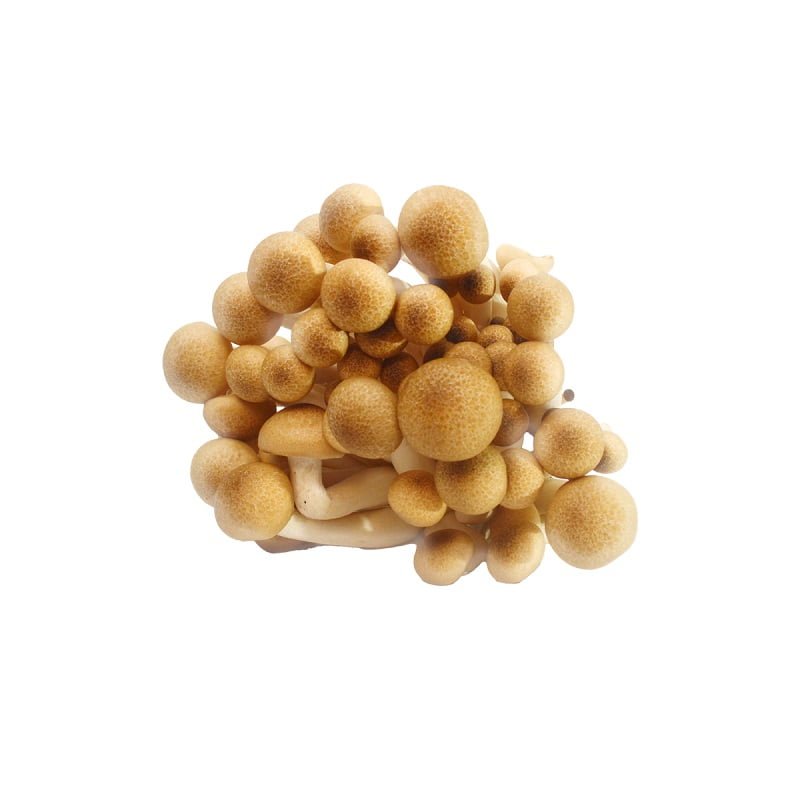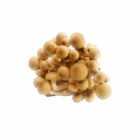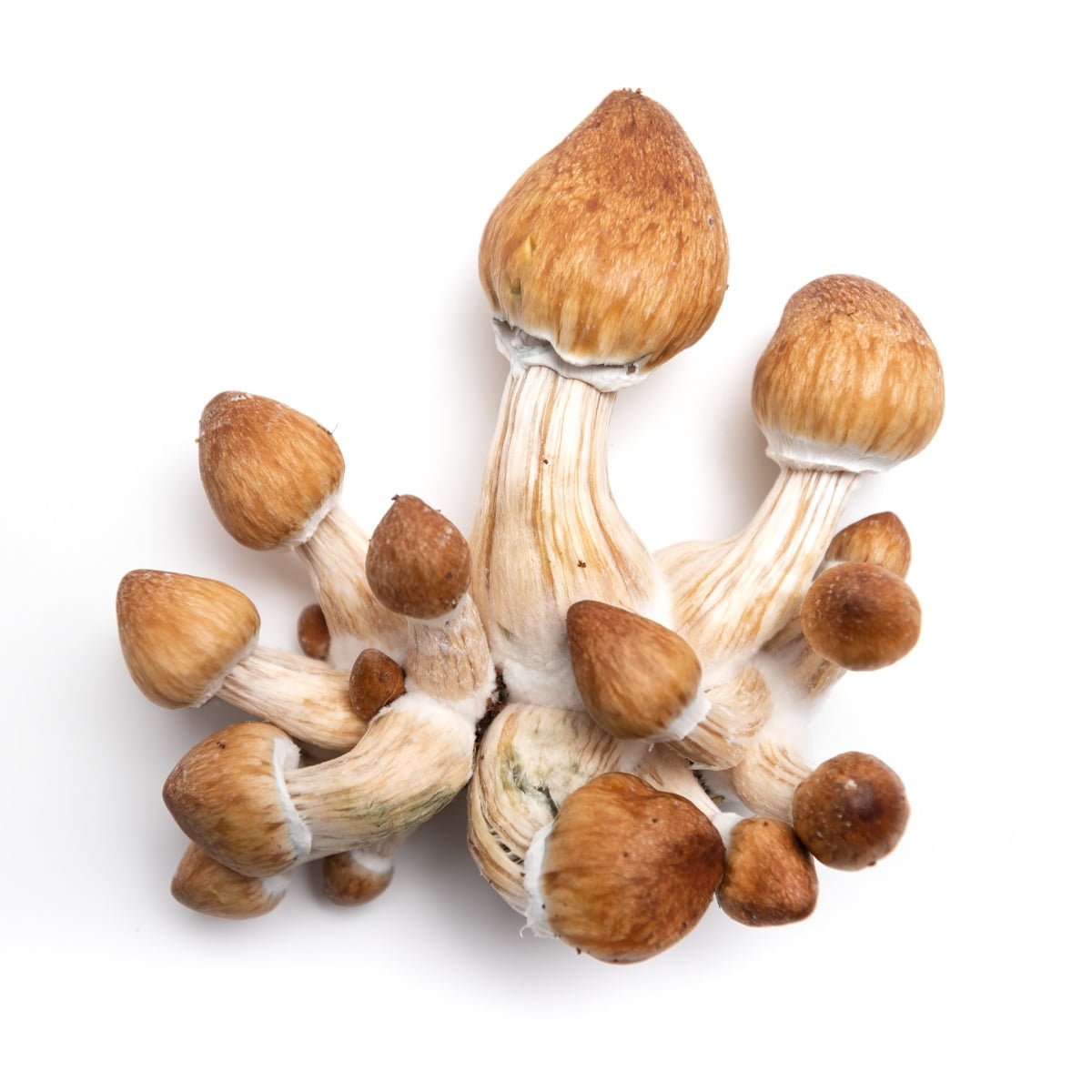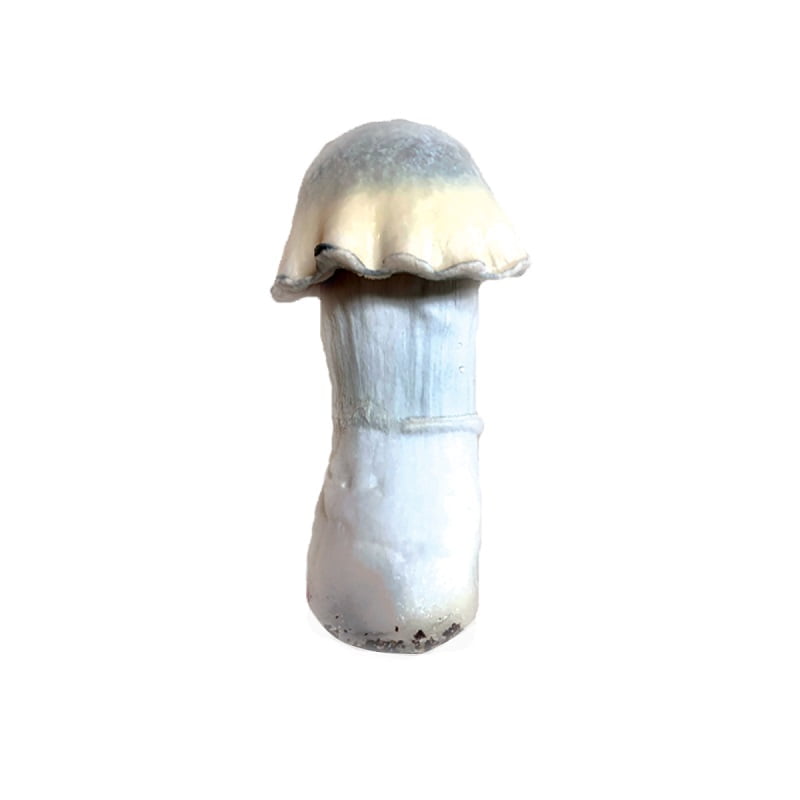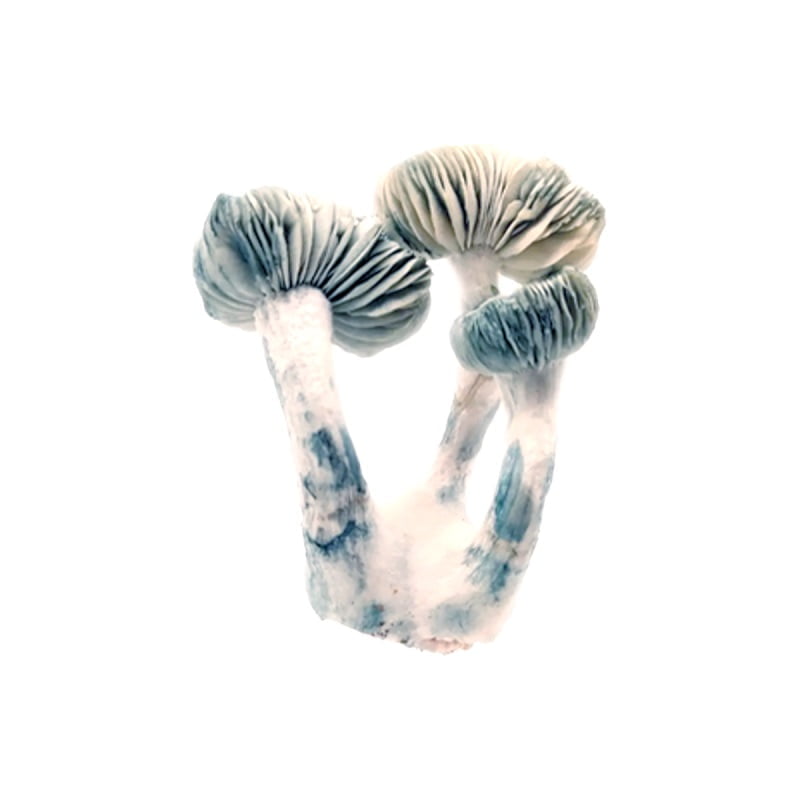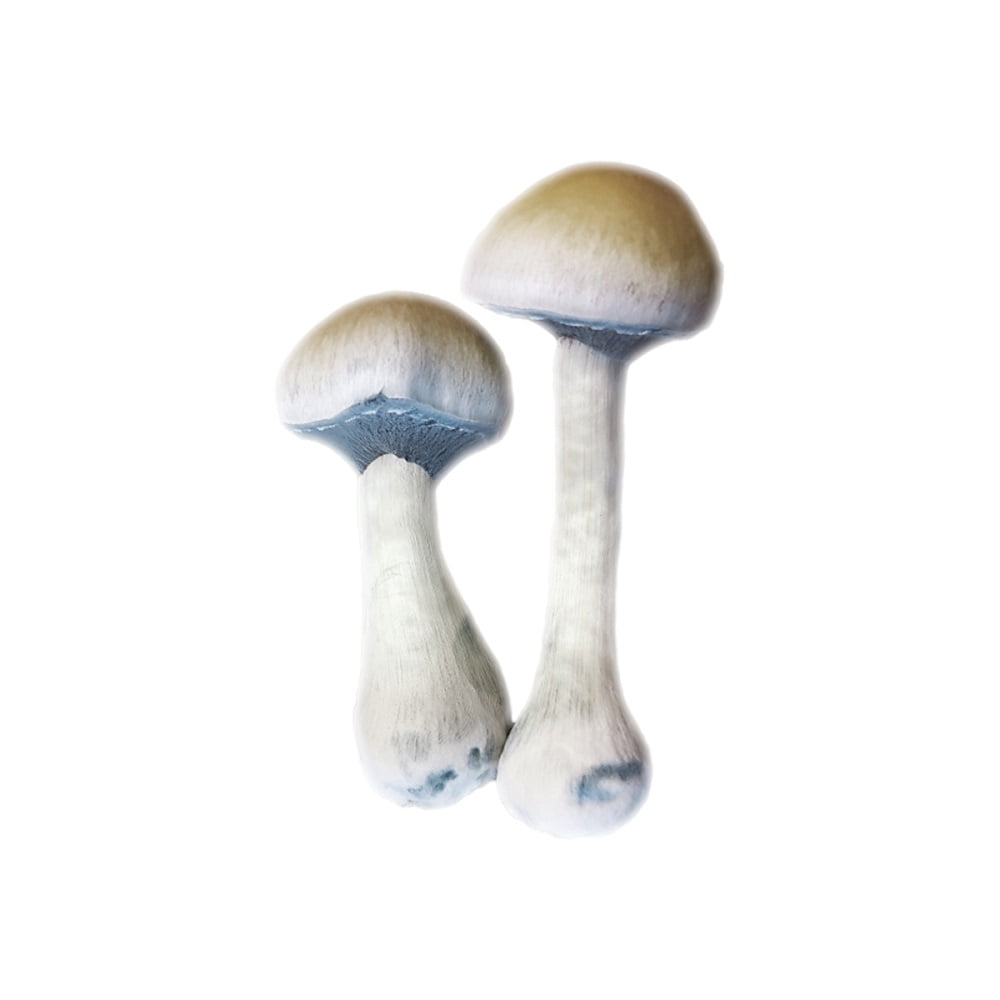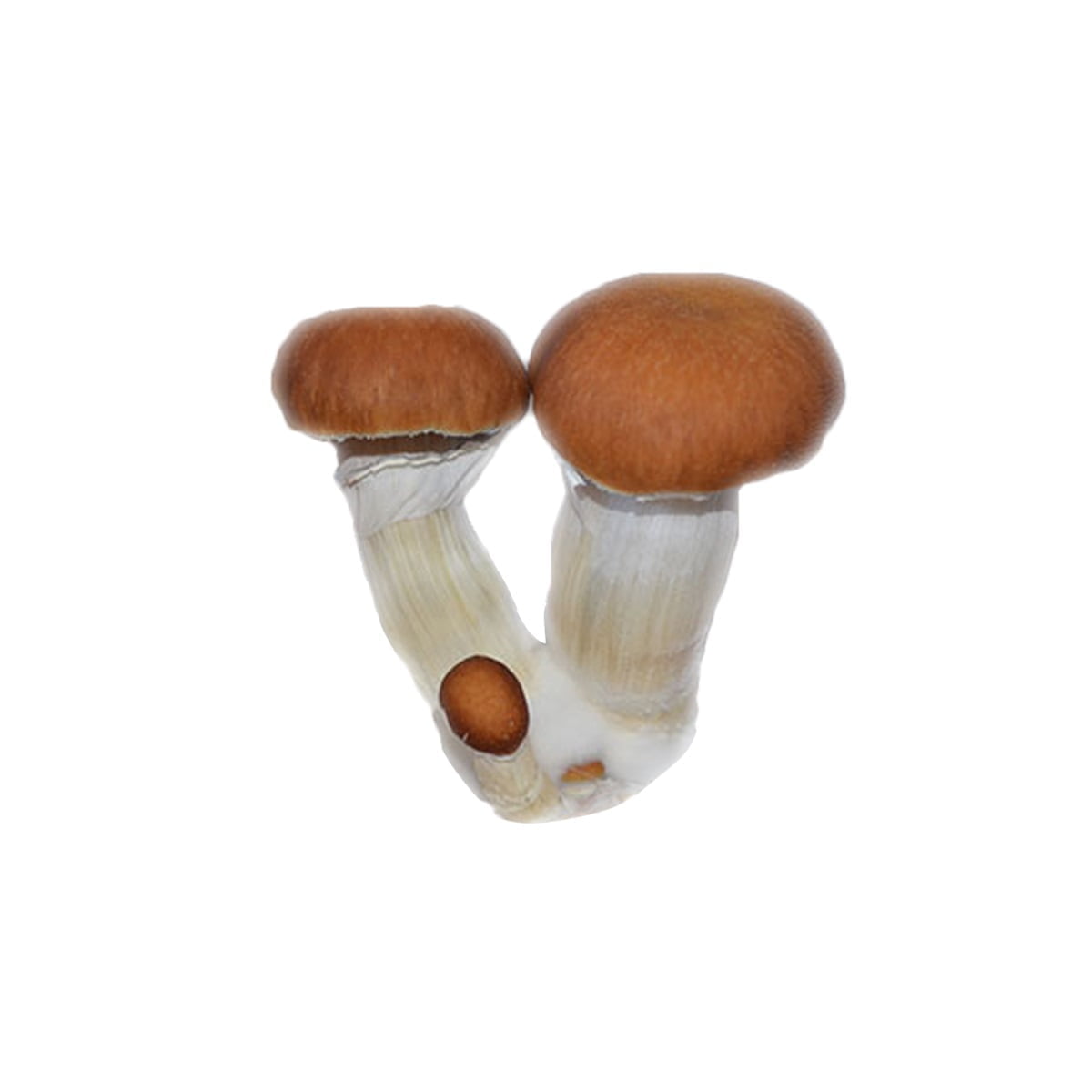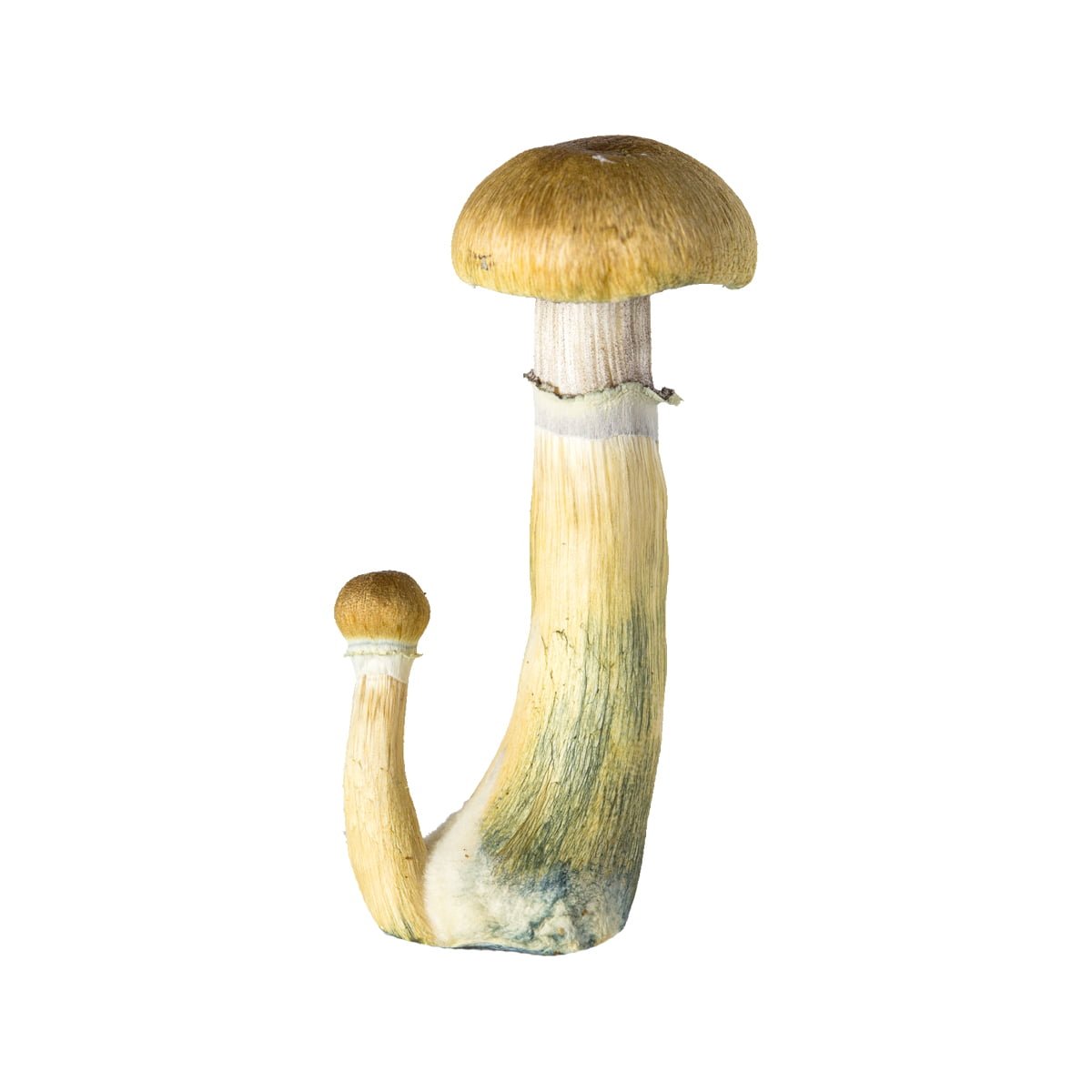Description
Orissa India Microscopy Liquid Culture
For Academic and Mycological Research Only
Overview
The Orissa India strain, originating from the ecologically diverse region of Odisha, India, has earned distinction within the mycological research community for its robust structure, unique visual characteristics, and rich environmental context. These microscopy liquid cultures are offered exclusively for scientific, taxonomic, and educational purposes.
Geographical and Research Significance
Sourced from the subtropical terrain of Odisha—a region characterized by high humidity and dense vegetation—the Orissa India strain contributes valuable insight into the role of climate and geography in the development of fungal phenotypes. Its study aids in understanding the complex interaction between habitat and microbial adaptation.
Morphological Characteristics
Researchers examining this strain under a microscope consistently highlight its unusually large and well-defined spore structures. The prominent size and pigmentation variations provide an excellent subject for comparative morphology and developmental observation, distinguishing it from many other microscopy cultures in both scale and clarity.
Cultural and Historical Relevance
Although formal documentation of fungal use in India’s ethnobotanical traditions is limited, the discovery of this strain adds depth to the global narrative of fungi with historical significance. It serves as a reminder of the long-standing human relationship with naturally occurring fungal species and the cultural curiosity they’ve sparked across civilizations.
Genetic and Evolutionary Interest
The Orissa India strain offers fertile ground for the exploration of fungal genetics, including adaptive traits, reproductive patterns, and evolutionary markers. Its distinct morphology and regional origin make it a compelling subject for ongoing classification and genomic inquiry.
Conclusion
The Orissa India microscopy liquid culture is more than a specimen—it’s a window into nature’s complexity, a reflection of cultural legacy, and a tool for advancing scientific knowledge. Its striking features and unique origin continue to make it a valuable asset to researchers and educators delving into the fascinating world of fungal biology.


